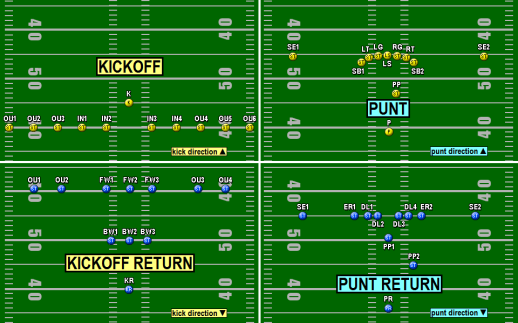 I love it when people ask me about our brand and how the name came to be. We enjoyed our branding process immensely; and we as a team love it when start-ups come to us with their business concept and ask us to help them name, brand and market it.
I love it when people ask me about our brand and how the name came to be. We enjoyed our branding process immensely; and we as a team love it when start-ups come to us with their business concept and ask us to help them name, brand and market it.
Just yesterday we were presenting logo options to a client who commented that they were impressed by our process for naming, preparing a creative brief and then developing logo concepts. The leadership team had no idea how much time, energy and thought went into the process and were curious whether we thought other start-ups went through a similar process.
Unfortunately, the answer is no.
But they should! Naming your brand is an important process and must be tackled in a diligent, thoughtful way. Choosing a strong name requires that it:
- Stands out from the competition (unless it’s more important to fit in)
- Communicates the business you’re in
- Reinforces your brand promise
- Communicates your company’s distinguishing characteristics
- Has long term viability
- Is easy to read
- Is easy to pronounce
- Is simple to spell
- Is short and concise
- Is memorable
Do the work on the front end to analyze your brand, your business, your competitors and your promise to ensure that your identity represents all that you want and need. You will save time, money and energy down the road if you start off right!



 Chances are your business is using content marketing as part of your overall marketing plan. The objective of content marketing is to deliver valuable information that will engage your audience. Consumers are tuning out the more intrusive marketing tactics. What they really want is great, customer-focused information that helps them make a decision or solve a problem. That’s what content marketing delivers.
Chances are your business is using content marketing as part of your overall marketing plan. The objective of content marketing is to deliver valuable information that will engage your audience. Consumers are tuning out the more intrusive marketing tactics. What they really want is great, customer-focused information that helps them make a decision or solve a problem. That’s what content marketing delivers.

